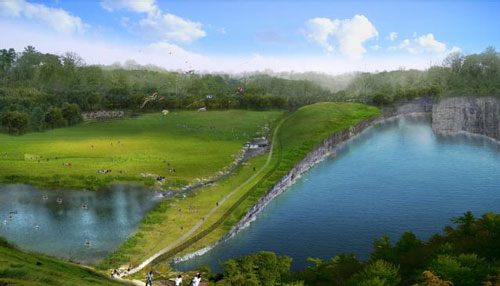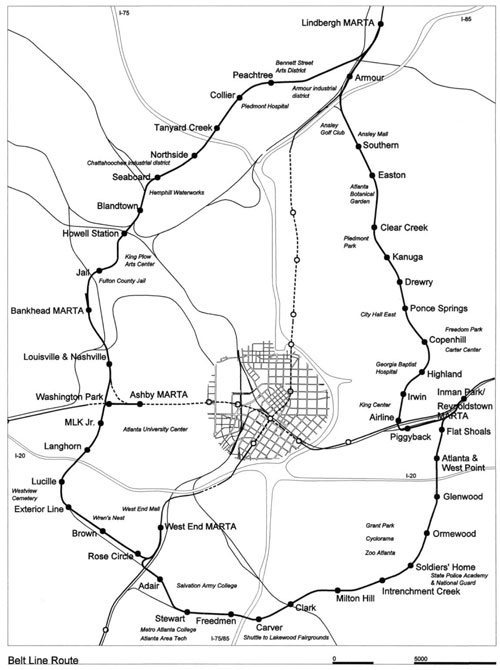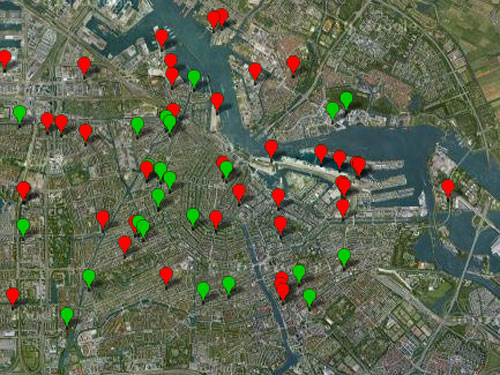Ryan Gravel is one of the few urban designers who is actually seeing his graduation project come true. In 1999 he presented a plan for re-use of the obsolete Amtrak rail tracks around Atlanta. With help of local communities and public partnerships the plan turned into a grassroots movement.
Today, Gravel still works on the project with design firm Perkins + Will, chosen by the Atlanta BeltLine Inc.
The Atlanta BeltLine at its core is the addition of a new 35 km transit system that connects to existing and proposed regional transit networks, linking riders to major activity centers and attractions. BeltLine transit will connect Atlanta neighborhoods, businesses and destinations and create a more accessible, affordable, sustainable and walkable city in the years to come. In total the Atlanta BeltLine will create more than 52 km of multi-use trails in a linear park that will connect 40 Atlanta parks. Along the park, new building development and other economic activities will take place.


Several kilometres of linear park have already been inaugurated. And to strengthen the recreational use of the corridor, a design competition called Playable Site is being held to develop a master plan for play at the Atlanta BeltLine.


Read more:
www.beltline.org
Master Thesis Belt Line – Atlanta, by Ryan Austin Gravel
www.wsbtv.com/news/…
www.worldarchitecturenews.com/…
Reonald Westerdijk, thanks for the tip.













